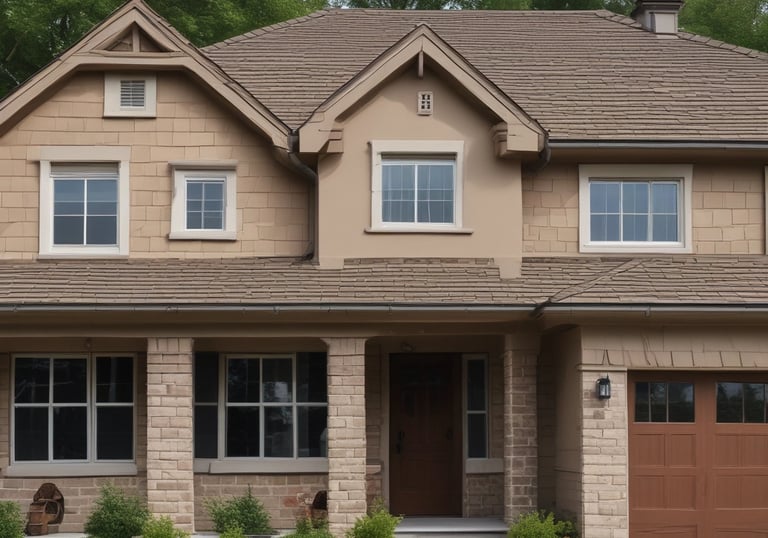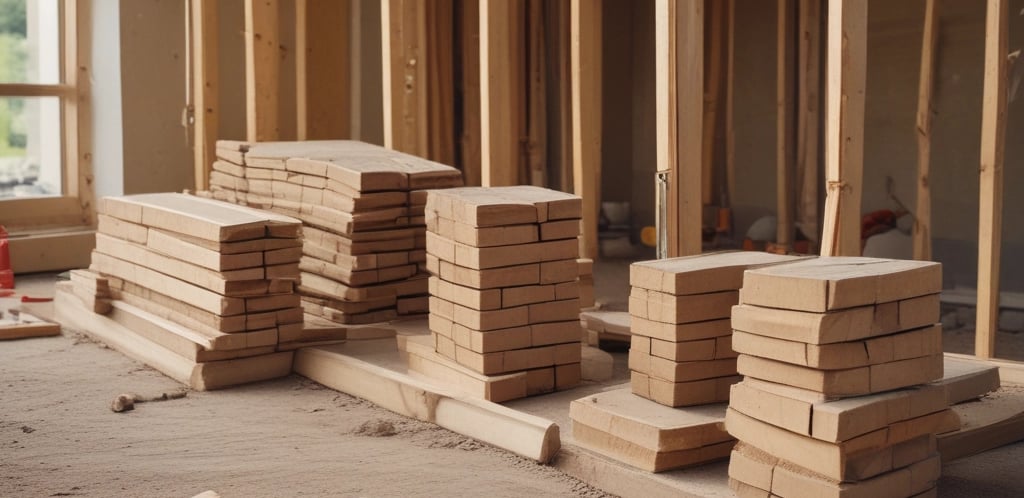Services
Tailored coverage for high-risk homes.
Consultation
Personalized assessments to determine needs.


Coverage Plans
Comprehensive plans for specific risks.
Adaptable coverage options for unique properties.
Claims Help




FAQs
What makes a home “high-risk” to insure?
Homes may be considered high-risk if they are located in wildfire-prone areas, have a history of claims, use older or nonstandard construction materials, or are difficult to rebuild. Even well-maintained homes can fall into this category if insurers view the location as too exposed to fire, flood, or wind losses.
Does we have a FAIR Plan like some other states?
If your state does not, its likely in the works. Instead, homeowners who are declined by standard carriers often work with brokers who access the surplus lines market, which includes non-admitted insurers that can write higher-risk policies.
What is a surplus or non-admitted insurer?
These insurers are not licensed by the state in the same way traditional carriers are, which gives them flexibility to insure higher-risk properties. However, they are not backed by Nevada’s guaranty fund, and their rates are not regulated, so premiums may be higher.
Can I lower my home’s risk rating?
Yes. Taking steps to reduce potential losses can make your home more attractive to insurers. Examples include installing fire-resistant roofing, maintaining vegetation clearance, upgrading outdated wiring or plumbing, and following Firewise safety standards. Some insurers may reconsider or discount coverage if you document these improvements.
What happens if my insurance company won’t renew my policy?
If your insurer issues a nonrenewal notice, don’t panic—but act quickly. Start shopping immediately with agents or specialists who handle high-risk or surplus lines coverage. The more time you have before your policy expires, the better your chances of finding competitive options.
Are there alternatives to surplus lines coverage?
Sometimes, yes. Certain regional or specialty insurers may write policies for moderate-risk homes that don’t fully qualify as standard or surplus lines risks. In other cases, homeowners may combine limited coverage (such as dwelling-only policies) with separate endorsements for excluded perils like fire or flood.
Contact


Get in touch for high-risk home insurance inquiries.

Excellent service and coverage for high-risk homes!
John D.

They truly understand the needs of high-risk homeowners.
Sara L.

★★★★★
★★★★★
High Risk Homeowners Insurance
Non-renewed, claims, coastal or wildfire areas? Find coverage options for high-risk homeowners today.
Support
Access
info@sunriserisk.com
901-585-5315
© 2025. All rights reserved.